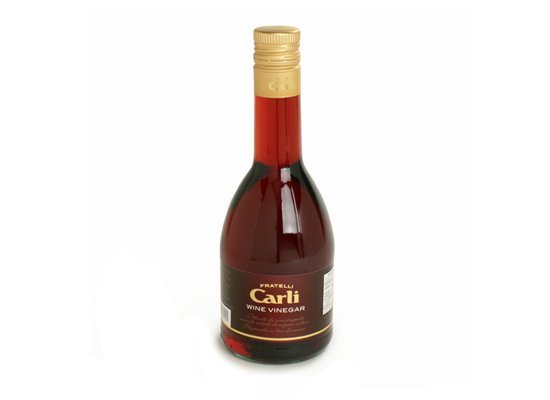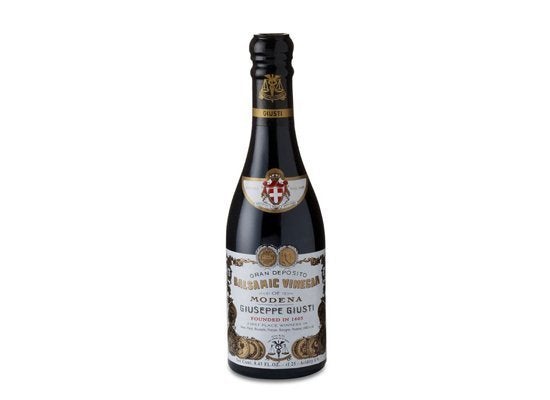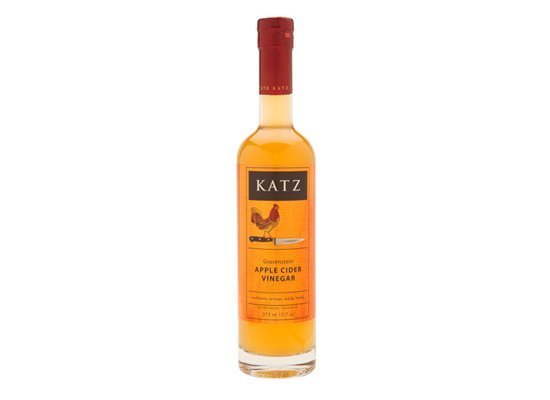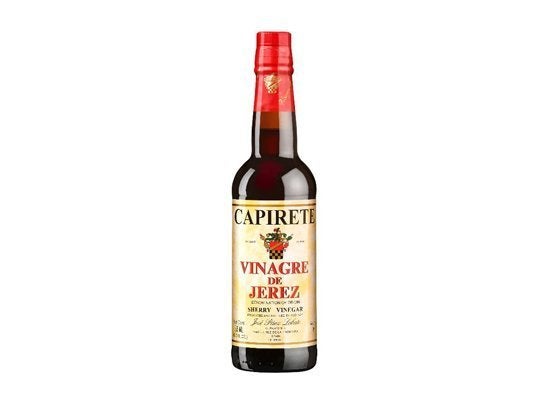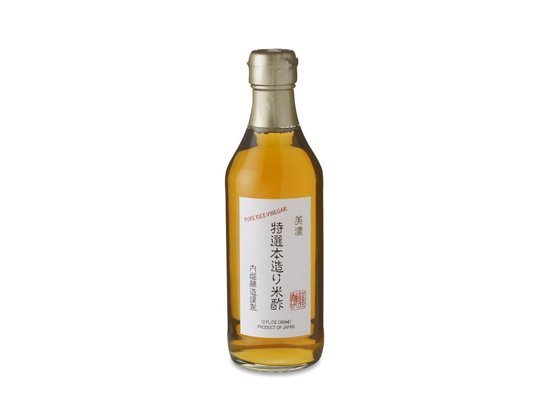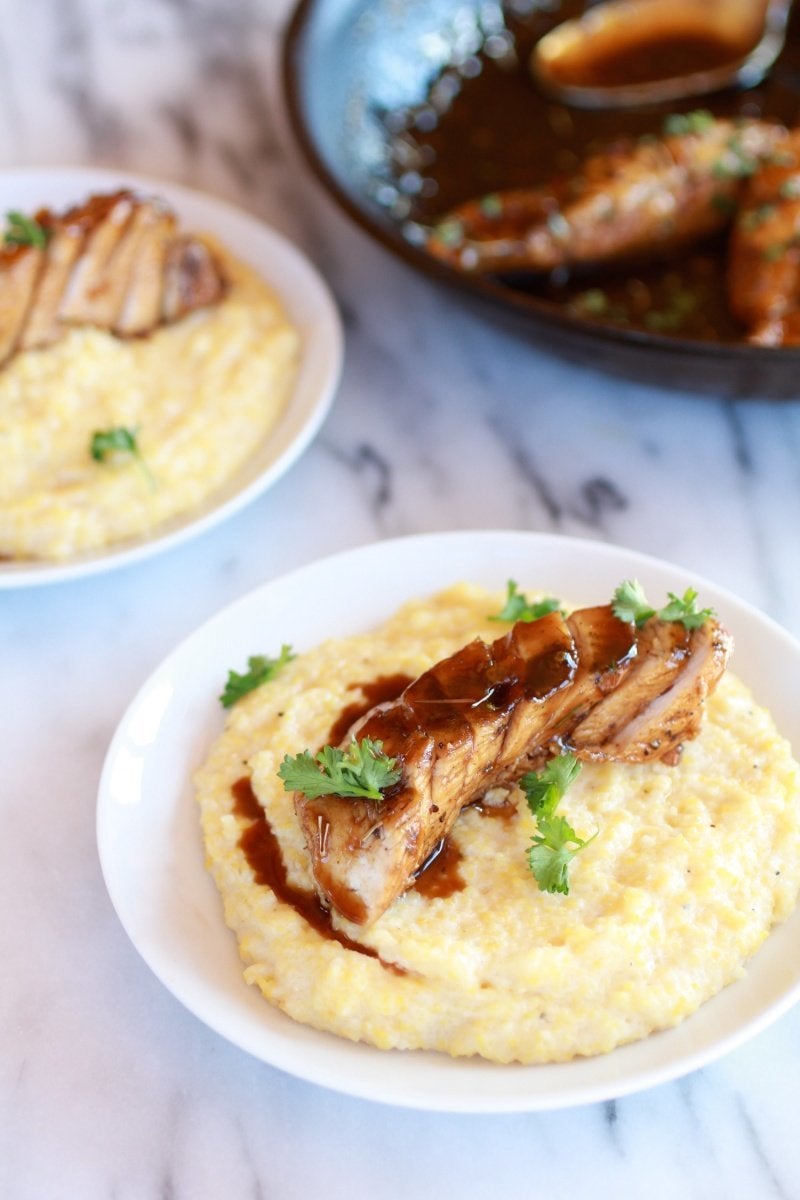
Here at HuffPost Taste, we're all vinegar lovers -- each one of us has a favorite one we use most often, and at least one of us has professed to be a vinegar collector. If you think that you're not a vinegar-lover too, take a look in your fridge: that bottled salad dressing (even the crappy kind) wouldn't be tasty without the tang of a vinegar, those pickles wouldn't be pickled without it, and your sacred ketchup and mustard both use vinegar as a base. Now look into your pantry. If you don't have at least one bottle of vinegar, you probably never cook at all, do you?
Vinegar isn't only essential, it's also extremely versatile. You can make a classic vinaigrette from oil and vinegar, splash it sparingly in soups and dishes to add acidity, or make a marinade for poultry or meat. Vinegar belongs in your kitchen. Once you've accepted and embraced this fact, it's time to arm yourself with at least a few kinds. There's a very big difference between balsamic vinegar and rice vinegar, and you should probably have both at the ready. (In fact, balsamic vinegar isn't like any other vinegar at all, but we'll get to that.) To help you out, we've created a handy guide to some of the most common kinds of vinegar.
So, what is vinegar? It's basically a sour liquid (between a pH of 2 and 3.5) that's made from the fermentation of ethanol (alcohol) -- typically wine, beer or cider. Throughout history, humans have made vinegar, whether by accident or purposefully, and have used it in food as well as for health remedies. Legend has it that centuries ago people discovered vinegar by accident after a cask of wine turned sour from being stored too long, and most likely from getting exposed to oxygen from improper storage. In fact, the word vinegar is derived from the old French vin aigre, which means sour wine. Not all vinegars start out as wine made from grapes, however. There is also rice vinegar (made from rice, duh), malt vinegar (made from barley) and cider vinegar (made from apples). Each type of vinegar has a very different, and useful purpose.
Here's everything you need to know about some of the most common cooking vinegars:
